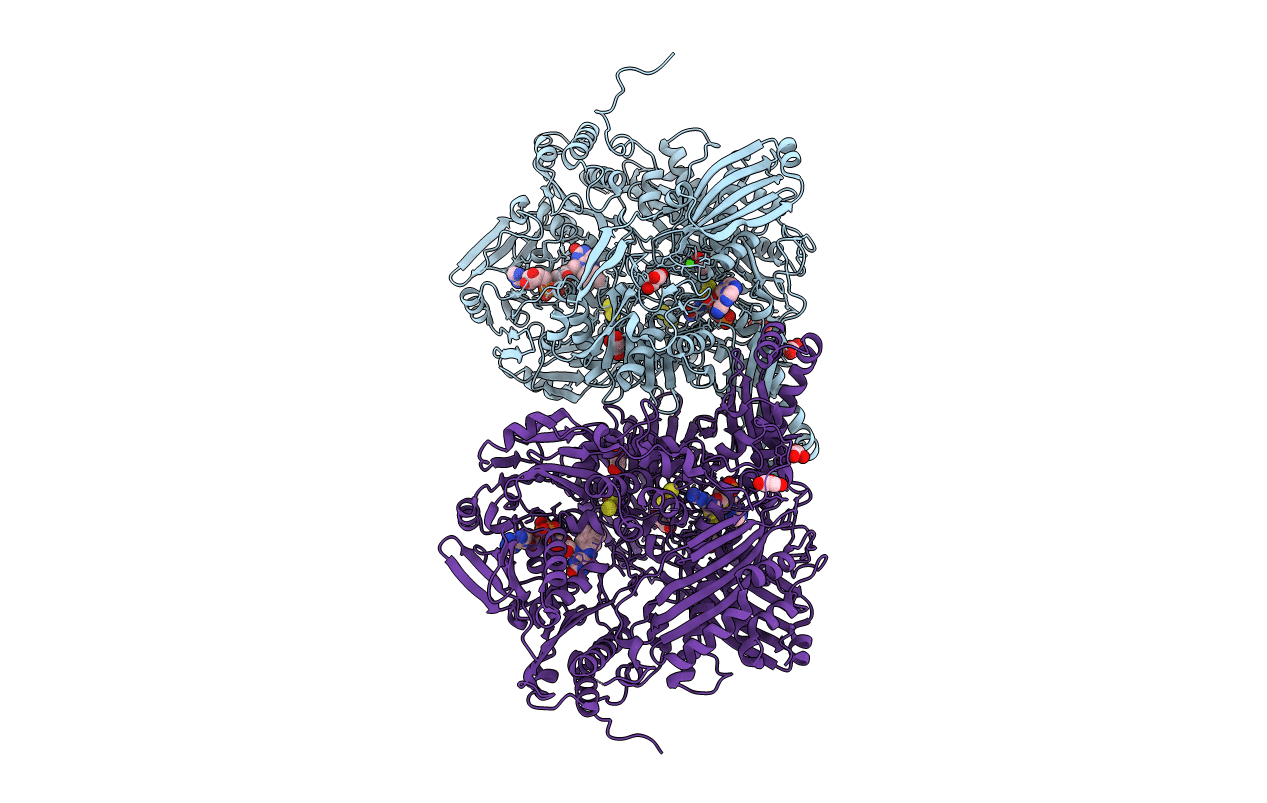
Deposition Date
2004-01-21
Release Date
2004-06-22
Last Version Date
2024-12-25
Entry Detail
PDB ID:
1V97
Keywords:
Title:
Crystal Structure of Bovine Milk Xanthine Dehydrogenase FYX-051 bound form
Biological Source:
Source Organism:
Bos taurus (Taxon ID: 9913)
Method Details:
Experimental Method:
Resolution:
1.94 Å
R-Value Free:
0.20
R-Value Work:
0.17
R-Value Observed:
0.17
Space Group:
C 1 2 1


